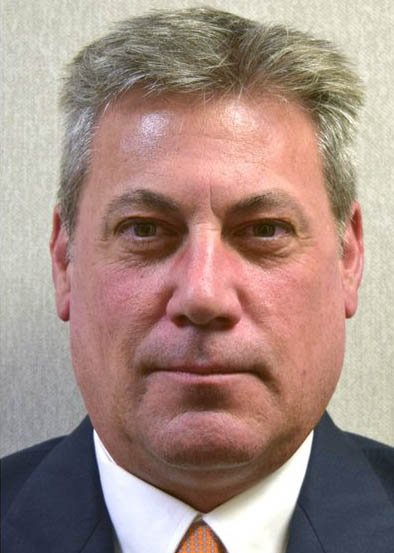Handy Rules Reminders for Spring Course Conditions
MARCH 18, 2024 | LIBERTY CORNER, N.J.By Danny Vohden
My ball landed in a patch of dirt where there’s no grass – do I get relief?
Before determining whether free relief is allowed, you must first understand whether the area where your ball came to rest is considered ground under repair. That designation can only be made by the golf course and will typically be clearly marked with paint or stakes. It cannot be determined by a golfer.
It’s a common misconception that areas of bare turf or poor grass growth are automatically ground under repair. Even though course conditions can be particularly challenging in the spring, it’s still up to the golf course to define those areas where free relief is permitted.
What about aeration holes – are they considered ground under repair?
Aeration holes are common in spring but are not considered ground under repair, so free relief is generally not allowed. But relief may be permitted if a Model Local Rule is in effect – check with your golf course before your round to know for sure.
Everyone understands that golfers don’t necessarily want to play on greens and fairways that have just been aerated, but it’s important to keep in mind that the short-term disruption is significantly outweighed by the long-term benefits. For more on that, watch this video from the USGA Green Section.
Can I play using preferred lies if the course is particularly wet and muddy?
While golfers commonly refer to them as winter Rules, the Rules call them preferred lies – and yes, golfers may be permitted to lift, clean and place their ball if the course puts the preferred lies Model Local Rule into effect. This Model Local Rule is only recommended to be used in fairways because of the significant advantage it could provide elsewhere on the golf course.
It’s also up to each golf course to determine the size of the relief area from where a golfer can play their next shot – commonly 6 inches, a scorecard length, or a club-length from the original spot of the ball, no closer to the hole.
My course often sets up temporary greens and tees during spring – how does that impact my round?
The Rules define a putting green as the area specially prepared for putting. So, whether that’s the normal green or a temporary one marked with paint or mow lines in the fairway, the same Rules apply.
The same concept applies to teeing areas – whether found on the normal tee box or in the rough nearby.
How do spring conditions impact posting scores for my Handicap Index®?
The USGA Handicapping Department has you covered there with everything you need to know about Spring Golf and the World Handicap System™.



















